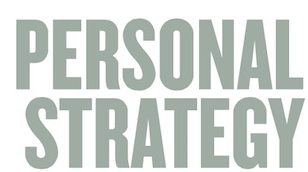Creating Social Change Through Your Family’s Philanthropy
Posted on April 13, 2006 by Alison D. Goldberg, Jamie Schweser

'Social change philanthropy', a term often applied to philanthropy that tries to address the root causes of societal inequalities, is being embraced by family philanthropists of all generations. … Read More




